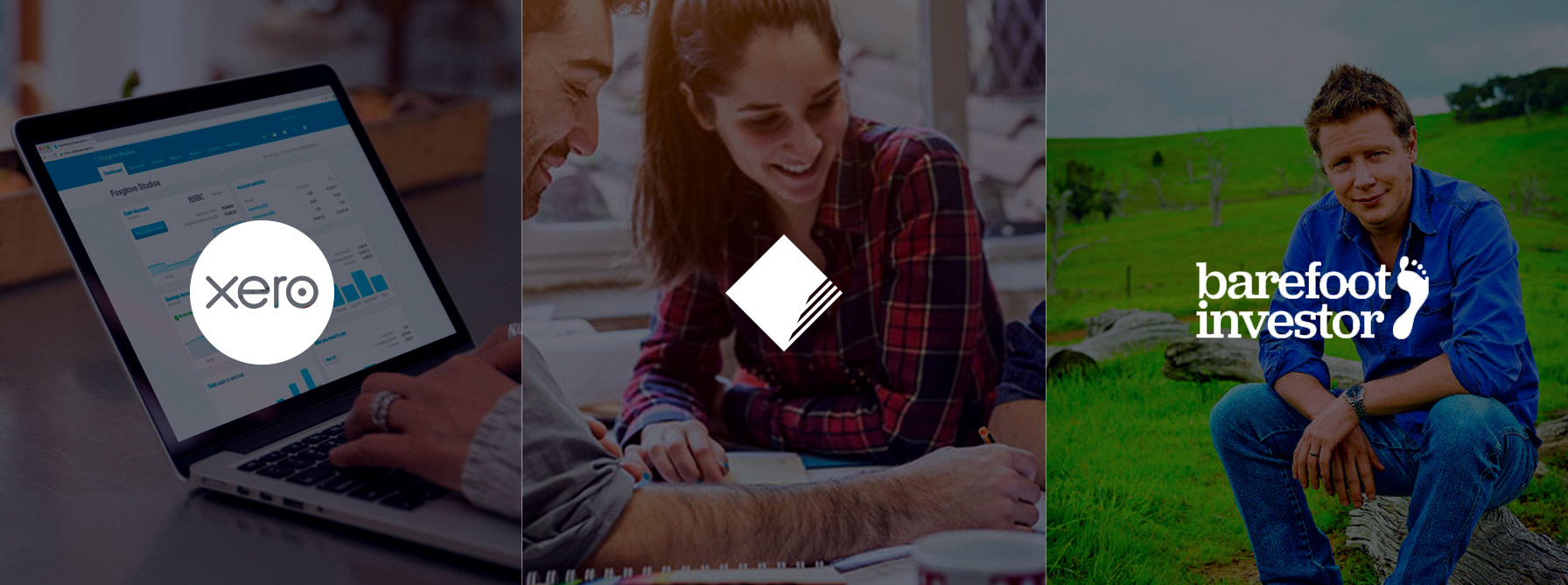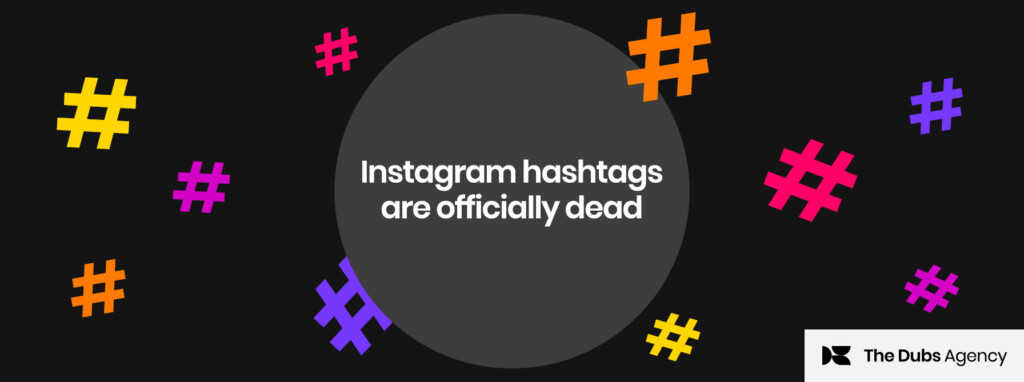The end of financial year is one of those milestones that gives finance brands a genuine reason to connect with their audience.
It’s an opportunity to communicate, inform – and if you’re smart about it – inspire your customers and prospects, at a time when people are getting their heads around tax, reviewing the year that was, and in some cases, planning changes for the coming year.
If you do end of financial year content right, like these three market leaders have, you can grab the attention of your audience as they Google and persuade them to come on over and spend some time with your brand.
3 tactics to get a return on end of financial year content
Xero talking accounting
Accounting software brands are good at this stuff – it’s right up their street. Take Xero as an example.
They split their EOFY tools and resources into two streams – accountants/bookkeepers and small business. Then they point each group of users to relevant webinars, FAQs, blog articles, videos and downloadable checklists that make EOFY challenges like getting payroll ready and dealing with tax, easier.
They also use their EOFY hub to push two streams of tools and resources for the coming financial year, which is an opportunity to highlight more of the benefits of their product to small businesses, and to accountants who need to keep clients happy.
They’re also very cluey with the form of their content. See this article – Overview of the Xero Tax form changes, aimed at accountants and bookkeepers. Instead of spewing out paragraphs of information to trawl through, they’ve done it as a bullet-point list, then a list of top 5 questions. They know that it’s a busy time of year for their audience: save them time and they’ll love you for it.
For their small business stream who aren’t experts in accounting, they take the reader through the basics of invoicing using simple steps; and they’ve created a series of videos to explain Xero’s payroll system.
They know that it’s a busy time of year for their audience: save them time and they’ll love you for it.
What you can learn from Xero
Content that casts the net too wide and tries to talk to everyone, ends up talking to no-one. If you identify your audiences and then address the specific problems each needs to solve, providing useful information in the most easy-to-access way at the time they need it, you’re winning.
Also, break up information into digestible chunks. And when you’re talking to an audience that might struggle with the subject matter, video can help ease them into it.
CommBank talking to freelancing millenials
Here’s an example of a big-four bank zeroing in on one segment and providing well-written information that tackles pain points. Their article, Tax time tips for freelancers gives a very simple list of tips to reassure a first-time freelancer at EOFY.
What you can learn from CommBank
There is no trumpeting of CommBank product in the article, there is no self-serving “talk-to-one-of-our-experts” call to action. (Actually, they point readers to their local tax expert or accountant.) Given they’re talking to a millennial audience whose distrust of financial institutions is well documented, that’s a good call.
Throughout the paragraphs, they’ve linked to other independent resources as well – from the ATO website to MoneySmart, and they point to their own relevant articles for more detailed explanations of concepts.
CommBank – you’ve nailed it.
The Barefoot Investor talking to everyday Aussies
Read any of Scott Pape’s personal finance missives and you can see why he’s captured the imagination of thousands of Australians who previously would rather have poked out their own eyes than read a book about money.
How does he do it? Here’s one of his articles about EOFY from 2014, Five tips for a successful new financial year. He a straight shooter, he’s transparent, he’s confident – that much is obvious. He doesn’t talk in generalities, he gives specific tips, e.g., what fees you should be paying on your super.
If you’ve read any of his books, you’ll know that Pape’s language leaves us in no doubt as to whose side he’s on. Here’s a line from the above article, talking about tax refunds: “It was your money in the first place. The Government just got to keep it for 12 months – interest-free.”
Now compare that to the style we’re used to seeing in financial content marketing.
What you can learn from The Barefoot Investor
Use humour, use more relaxed language, unexpected turns of phrase and be confident writing in the same way we read in books we like. Adopt a style that sets you apart and makes you sound like there are (likeable) humans at the helm of your business.
If Pape’s got this kind of following for his ballsy, transparent EOFY advice, then maybe it’s time to loosen up a little. Maybe that’s more doable if you’re a smaller, less risk-averse finance brand…but given the potential returns, it’s certainly worth a shot.
Image: Xero, Commonwealth Bank, The Barefoot Investor









